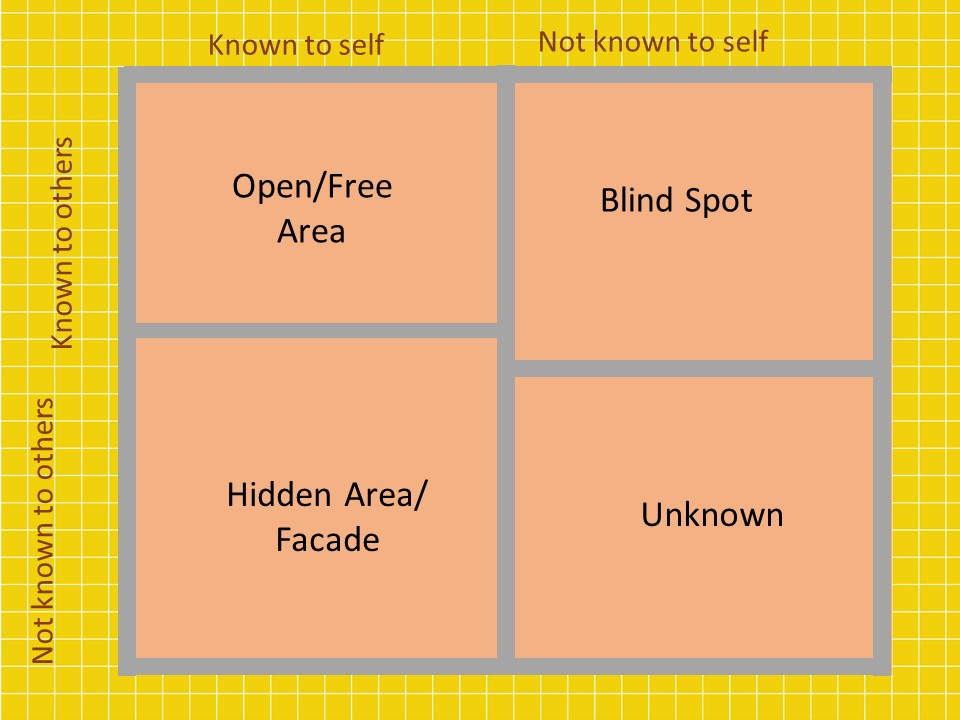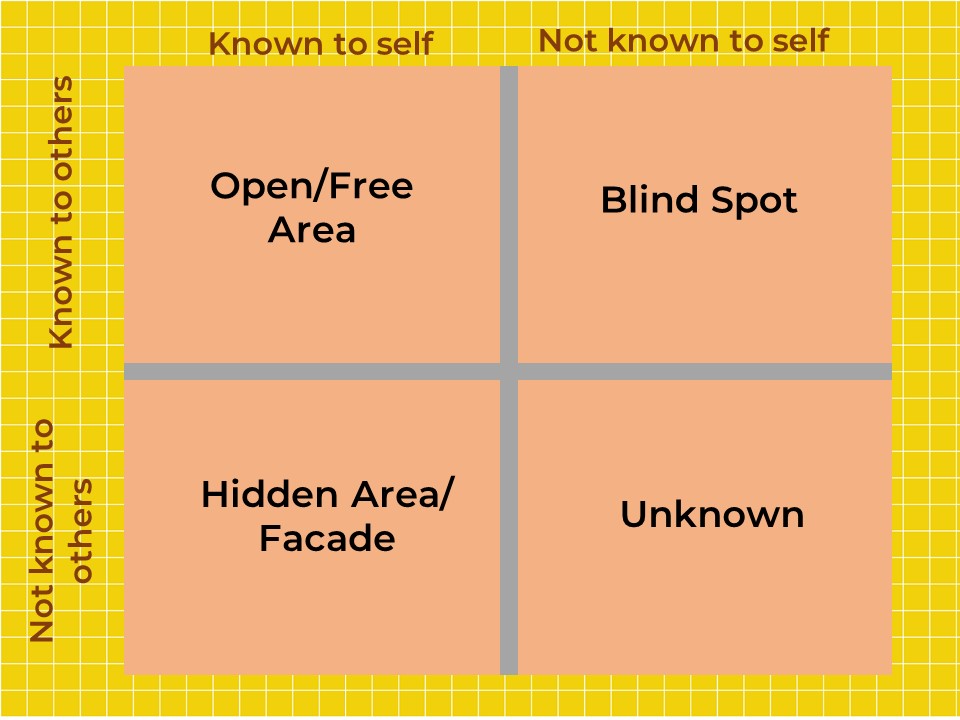The Johari window model is a model of self-awareness and communication. It was developed by two psychologists: Joseph Luft and Harry Ingham in 1955. The name “Johari” is actually a combination of their first names. The Johari window model basically helps us become self-aware of our relationship with others as well as with ourselves. In the workplace, it is extremely important for improving mutual relationships in groups, improving communication within the organization and overall ease of teamwork.
Why do we use Johari Window Model?
The Johari window model is a simple yet useful model. There are many ways in which it can facilitate communication and group dynamics in organizations. Specifically, we highlight the following uses of the Johari window model:
- It provides information regarding the emotions, attitudes, ability and motivation of various team members. This information can be used by managers and leaders for better task delegation and for training and development purposes. In sum, it gives organizational and group leaders a thorough understanding of the employees.
- It can be used to gather information about the relationship between teams in an organization. Such information is greatly useful for inter-group collaborations and knowledge sharing. In sum, it may facilitate organizational learning.
- The four quadrants of the Johari window help organizational members understand the degree of socialization of each other. For instance, a new employee who does not know much about the organizational culture or other employees is likely to be in quadrant 3.
We will now discuss the four quadrants of the Johari window.
The four regions of the Johari window
The Johari window is represented just like a window with four panes. We move from one pane to another as the level of mutual trust and self-awareness increases. The four panes are as follows:
Open or Free Area:
This region represents the first quadrant of the Johari window and is also referred to as the arena. This is because this area is known both to the self and by others. It includes emotions, attitudes, skills, intentions that are known by other team members. Therefore, it is also called the area of free activity.
Every group must strive to increase the free area. This is because the chances of mistrust, miscommunication and conflict are much less in this area. It is natural for old and established team members to have a larger free area (see Figure 1) as compared to new members. Therefore, new members must be given a chance to share their opinions and feedback. This increases the free area of new members considerably. This method is called “feedback socializing”. It not only helps in the acculturation of new members but also improves decision-making.

The free area can also be increased when other group members provide constructive feedback to other members. At the same time, each group member should also open up about their strengths and weaknesses to other group member. Sharing one’s vulnerabilities greatly increases team cohesion and productivity.
Blind Area
The blind area refers to aspects about the self which are unknown to the individual but known by other team members. It is information about the self which cannot be used by individuals because they are not aware of it. Therefore, this area represents deluded information about the self.
Team members can help each other contract the blind area by giving non-judgmental and constructive feedback. Such feedback would enable individuals hidden aspects about the self. Therefore, each employee can engage in self-improvement. This feedback exercise can not only help employees enhance their skills in a realistic fashion but also increase mutual trust and cooperation.
However, managers must ensure that such feedback is always given in a non-critical manner. Employees should not hurt and point fingers at each other. Feedback should be given with the intention of helping each other only.
Hidden Area
This quadrant represents information about the self which is known to the individual but unknown to other team members. Hence, it contains aspects about the self which have not been disclosed to others yet. New members are likely to have a larger hidden area as compared to others (see Figure 2). The hidden area is actually a hindrance to collaboration. This is because these skills are not known by other members.

The hidden area usually includes fears, insecurities and other dark or embarrassing self-related aspects. It may take some time for the individual to open up about these aspects. Opening up about hidden information may prove to a source of emotional catharsis for employees. In addition, it reduces the room for misunderstandings and miscommunications.
Unknown Self
This quadrant of the Johari window represents information that is hidden from both the individual as well as other group members. One potential reason is that such information could be in the preconscious of the individual. Hence, despite being close to the surface, the individual is unaware of it. In addition, it could include embarrassing or humiliating childhood memories which cause a lot of anxiety if brought to the surface. Hence, hidden information should be exposed very cautiously.
There are some techniques of self-discovery and self-disclosure like deep introspection and psychoanalysis which may help bring such information to the surface. However, very few individuals are able to utilize these skills in their day-to-day life.
Conclusion
Thus, the johari window is a good tool to increase self-awareness and socialization in organizations. It has the potential to increase group trust and improve communication significantly. In general, individuals with high emotional intelligence are better able to benefit from this tool.
